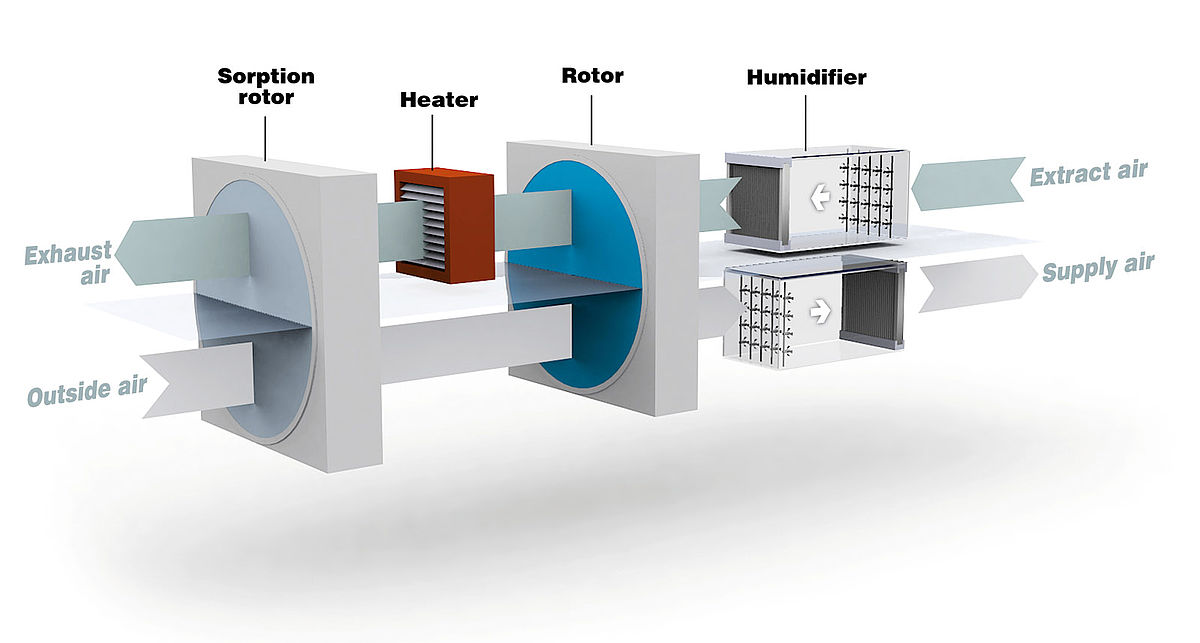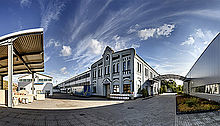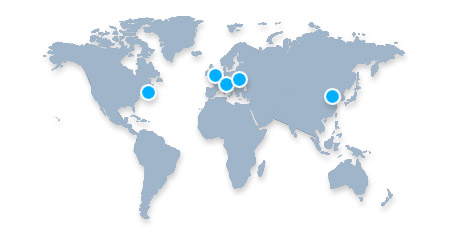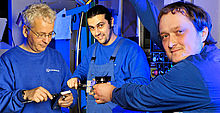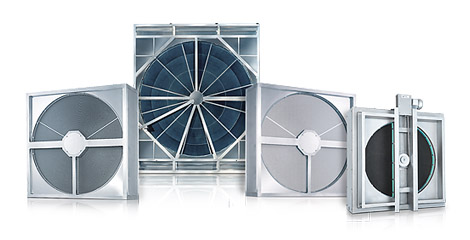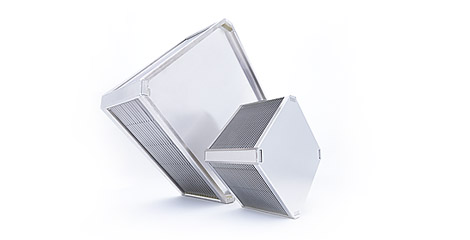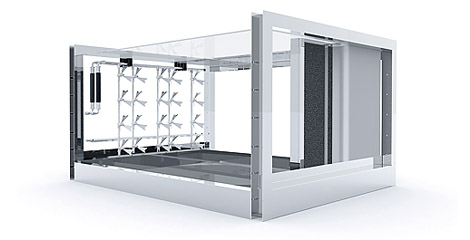Various possible applications exist for Klingenburg humidifiers. They can be used to humidify the supply air, exhaust air - or both airstreams.
Humidifying the Supply Air
When placed in the supply airstream the CERTO increases the humidity of the indoor air. In this process, known as direct adiabatic humidification, the supply air is both humidified and cooled.
Used in combination with air heaters, it is possible to increase humidity while also raising the air temperature.

Indirect Adiabatic Cooling
If the CERTO is used in the exhaust airstream, the supply air is likewise cooled. In this case, however, the cooling is indirect, since the cooled air in the exhaust airstream first transfers its cold energy to the heat exchanger, from which it is transferred to the supply air. This process is therefore indirect adiabatic cooling.
The advantage: If the humidity of the supply air increases at all, then it is only slight. However, this method is often usable without any additional, energy-intensive cooling equipment.
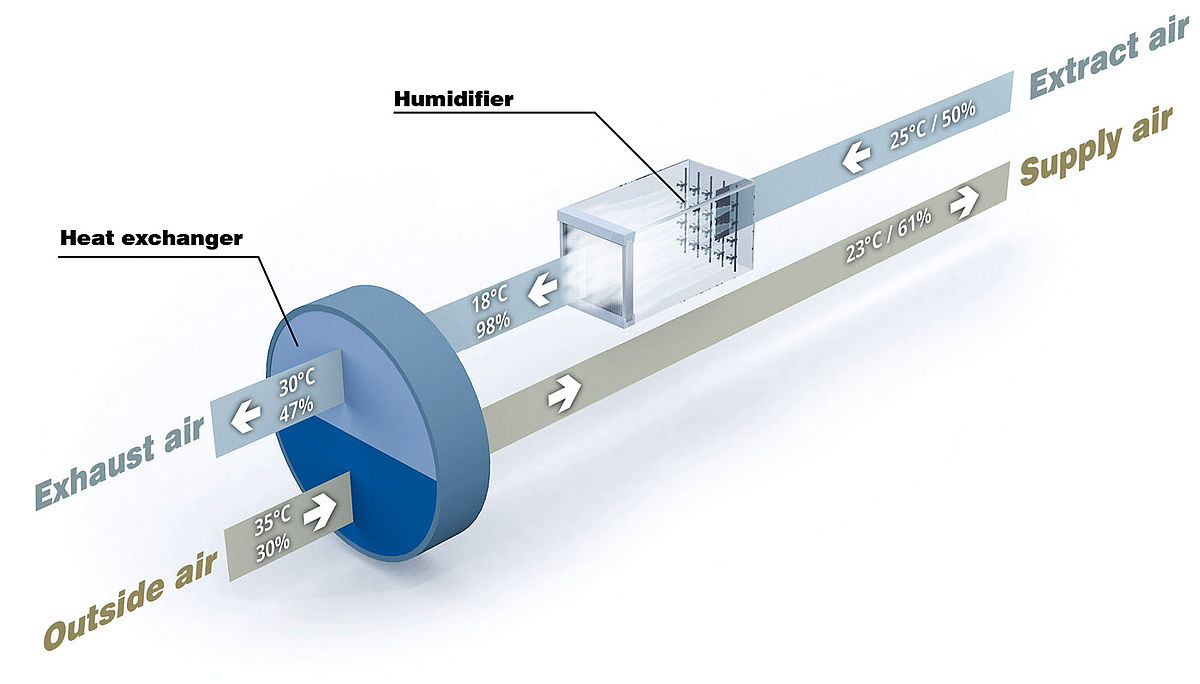
DEC Plant (Drying and Evaporative Cooling)
In dessicative and evaporative cooling (DEC), humidifiers are used in both supply and exhaust airstreams. A condensation and a sorption rotor can be used in addition, along with an air heater in the exhaust airstream.
DEC cuts operating costs for room climate conditioning significantly. Here again, it is often possible to do without air-conditioners altogether. In summer DEC provides low-energy dehumidification and air cooling; in winter, its highly efficient energy recovery can be optimally exploited.
DEC systems are used in buildings with large room volumes, such as auditoriums, offices and government offices, hotels and printing works.
More information on the DEC process is available here.
